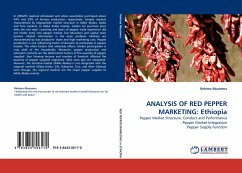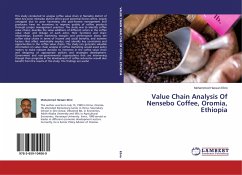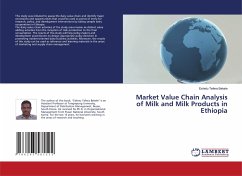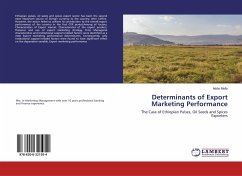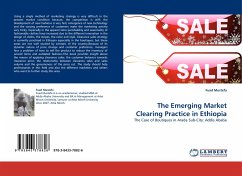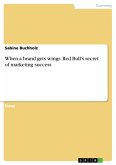In 2004/05 regional wholesaler and urban assemblers purchased about 44% and 28% of farmers production, respectively. Sample markets characterized by oligopolistic market structure in Addis Ababa, Alaba and Tora markets. In Alaba Kulito market, traders set purchase price after the mid nigh. Licensing and years of pepper trade experience did not hinder entry into pepper market, but education and capital were barriers. Market information is the main problem. Markets are characterized by low producers' share and high marketing cost. Pepper production is one influencing factor of decision to participate in pepper market. The other factors that adversely affects market participation is crop yield of the households. Moreover, pepper production and extension contacts are the determinant factors of the quantity of pepper supplied. Non farming income and number of livestock affected the quantity of pepper supplied negatively. Siltie zone pair are integrated. However, the terminal market (Addis Ababa) is not integrated with the regional markets (Alaba Kulito, Silti, Dalaocha, Tora, and Alem Gebeya) even though, the regional markets are the major pepper supplier to Addis Ababa market.
Bitte wählen Sie Ihr Anliegen aus.
Rechnungen
Retourenschein anfordern
Bestellstatus
Storno

